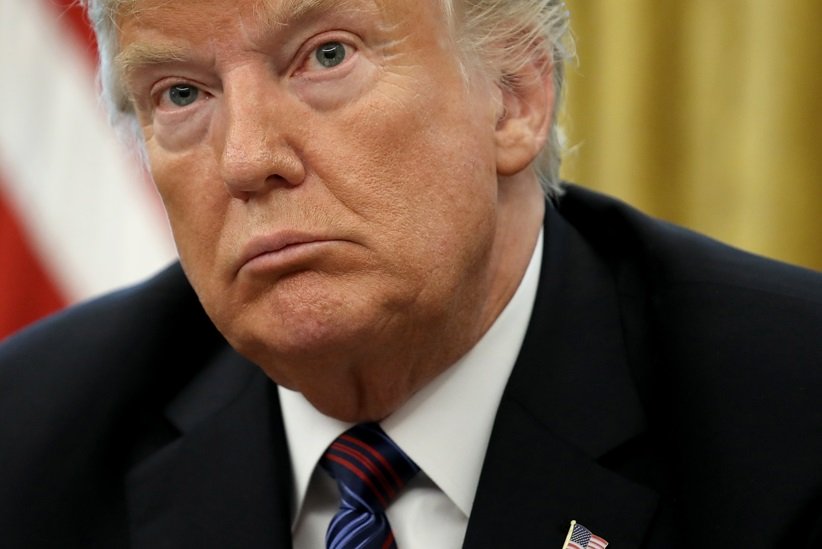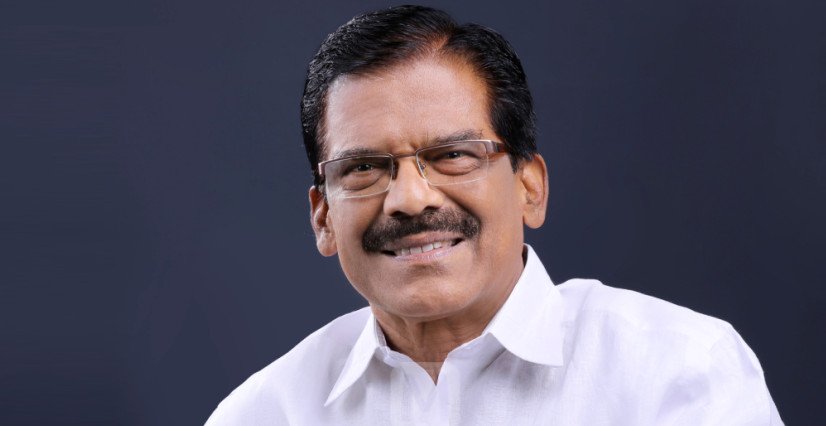A hawkish RBI on Friday unexpectedly raised the policy rate by 25 basis points as it kept its focus on controlling inflation, which it felt would be above the expected levels in the current fiscal.
RBI governor Raghuram Rajan in his maiden policy review, however, eased liquidity though a reduction in the marginal standing facility rate, at which banks borrow from the central bank, to 9.5 per cent.
The repo rate or the short-term lending rate has been increased by 25 basis points to 7.5 per cent from 7.25 per cent with immediate effect.
The markets reacted negatively, with the sensex tanking by about 500 points while the rupee depreciated 69 paise to 62.46 against the dollar.
"The need to anchor inflation and inflation expectations has to be set against the fragile state of the industrial sector and urban demand. Keeping all this in view, bringing down inflation to more tolerable levels warrants raising the repo rate by 25 basis points immediately," Rajan said in the mid-quarter policy review statement.
He kept the cash reserve ratio (CRR), the portion of deposits that banks are required to maintain with the RBI in cash, unchanged at 4 per cent.
At the same time, the RBI reduced the minimum daily maintenance of CRR from 99 per cent of the requirement to 95 per cent effective from September 21, a move aimed at inducing liquidity into the system.
Driven by costlier food items, wholesale price inflation rose to a six-month high of 6.1 per cent in August.
Rajan said WPI inflation will be higher than initially projected over the rest of the year in the absence of an appropriate policy response.
"What is equally worrisome is that inflation at the retail level, measured by the CPI, has been high for a number of years, entrenching inflation expectations at elevated levels and eroding consumer and business confidence," he said.
"Although better prospects of a robust kharif harvest will lead to some moderation in CPI inflation, there is no room for complacency," he added.
Stating that economic growth has weakened with continuing sluggishness in industrial activity and services, the RBI said the pace of infrastructure project completion is subdued and the start of new projects remains muted.
"Consequently, growth is trailing below potential and the output gap is widening. Some pick-up is expected on account of the brightening prospects for agriculture due to kharif output and the upturn in exports," it said.
Rajan said concerns on the current account deficit have been mitigated by steps taken by the government and the RBI.
Also, steps have been taken to improve the environment for external financing, turning the focus to internal determinants of the value of the rupee, primarily the fiscal deficit and domestic inflation, he said.
Rajan said the timing and direction of further actions on exceptional measures will be contingent upon exchange market stability and can be two-way.
"Further actions need not be announced only on policy dates. However, any further change in the minimum daily maintenance of the CRR is not contemplated," he added.
Stock markets crash
Stock markets tanked by 2.7 per cent soon after the Reserve Bank's hawkish policy announcement in which it hiked the repo rate by 25 basis points.
The BSE sensex, which was trading weak in the morning trade, crashed over 559 points or 2.7 per cent to 20,087.44 soon after the mid-quarter policy by RBI.
The National Stock Exchange's Nifty fell 2.48 per cent or 152 points to 5,963.65.
The forex market also reacted negatively and the rupee depreciated 69 paise to 62.46 to a US dollar.
The markets had soared to a three-year high on Thursday after the US Federal Reserve unexpectedly left its stimulus programme unchanged, easing fears of capital outflows.
Highlights of RBI's mid-quarter monetary policy review:
Key short-term lending rate (repo rate) hiked by 25 basis points to 7.5 per cent
Borrowing rate for banks reduced under MSF to 9.5 per cent
Minimum daily liquidity maintenance of CRR eased to 95 per cent from 99 per cent
Cash reserve ratio (CRR) retained at 4 per cent







Comments